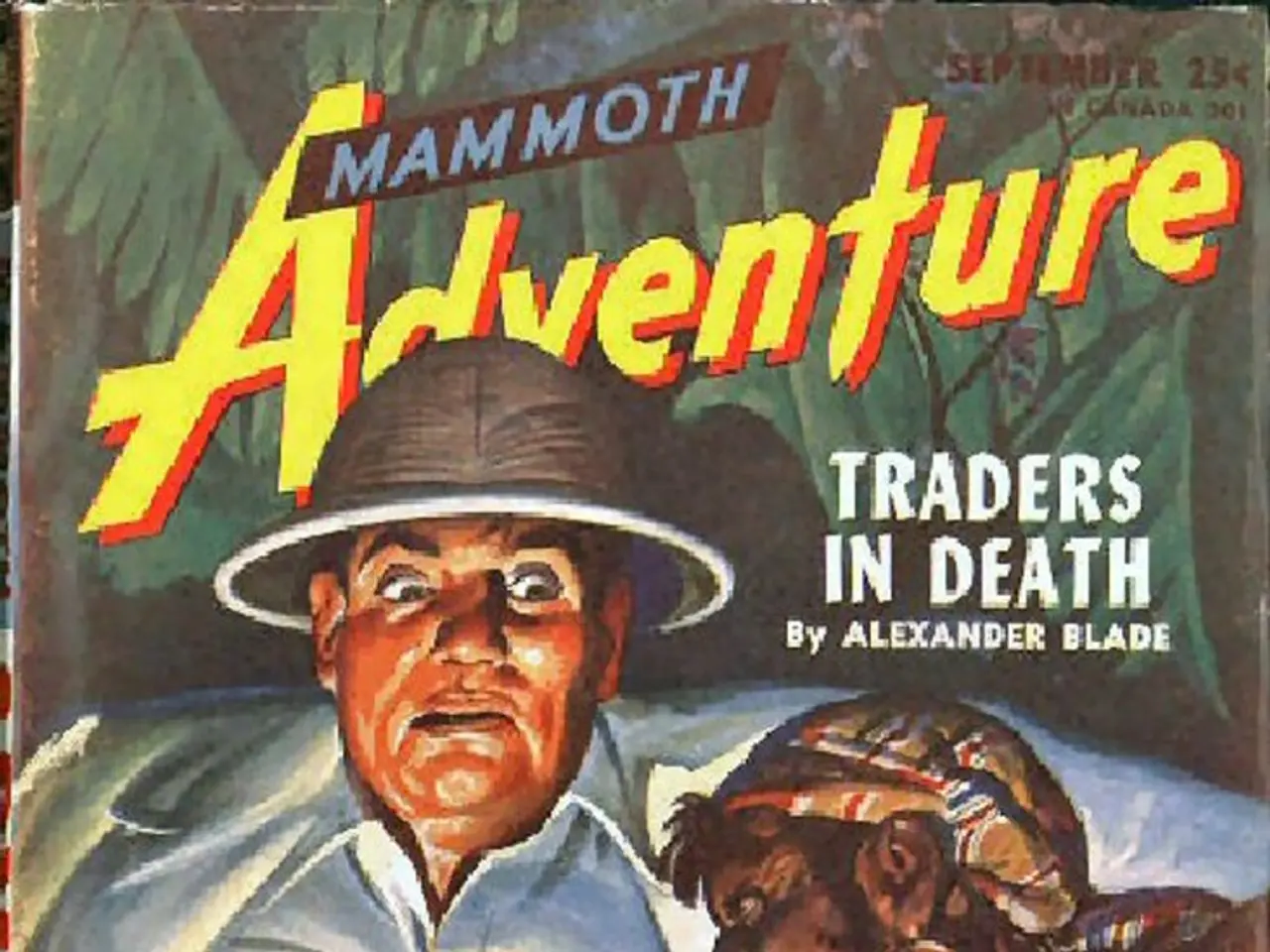The twelve character archetypes and the one that predominantly shapes your personality.
In the realm of human psychology, Carl Jung's 12 archetypes offer a fascinating exploration into the fundamental patterns that shape our identities and behaviours. These archetypes, which include The Sage, The Ruler, The Jester, The Maiden/Innocent, The Outlaw, The Hero, The Lover, The Explorer, The Creator, The Caregiver, The Everyman, and sometimes The Magician or Trickster, are primordial images that emerge from the collective unconscious and influence our thoughts, feelings, and actions across cultures and time.
- The Sage - Characterised by wisdom, knowledge, reflection, and a desire to understand truth, Sages are often seekers of knowledge and truth. They value ideas above all else and are driven by a deep desire to understand the world and share their insights with others. However, they can sometimes struggle with making decisions due to their quest for thorough information.
- The Ruler - Known for leadership, control, responsibility, and creating order, Rulers are natural leaders who love to be in control and often have a clear vision of what will work in a given situation. They are driven by a desire to create a prosperous, successful family or community. However, their weakness lies in being authoritarian and finding it difficult to delegate.
- The Jester - Humour, playfulness, light-heartedness, and sometimes rebellion define the Jester. They are natural entertainers who love to liven up a party with humour and tricks. However, they can sometimes be frivolous, wasting time, and hiding their emotions beneath a humorous disguise.
- The Maiden/Innocent - Purity, optimism, naivety, and hope characterise the Maiden/Innocent. They always try to see the good in the world and look for the silver lining in every situation. However, their weakness lies in being too trusting of others.
- The Outlaw - Rebellion, freedom, radical change, and revolution define the Outlaw. They are the rebels who like to do things differently. However, their fear is being powerless.
- The Hero - Courage, determination, overcoming obstacles, and sacrifice are the hallmarks of the Hero. They thrive on being strong and standing up for others. However, their weakness is arrogance and always needing another battle to fight.
- The Lover - Passion, commitment, connection, and appreciation of beauty are the traits of the Lover. However, they can sometimes desire to please others at the risk of losing their own identity, find it hard to deal with conflict, and seek harmony.
- The Explorer - Adventure, freedom, curiosity, and non-conformity are the characteristics of the Explorer. They are never happy unless experiencing new things. However, their weakness is aimless wandering and an inability to stick at things.
- The Creator - Innovation, vision, imagination, and artistic expression are the talents of the Creator. However, they can suffer from perfectionism and creative blocks caused by fear of not being exceptional.
- The Caregiver - Compassion, nurturing, selflessness, and protective tendencies are the traits of the Caregiver. Their goal is to help others, and they are full of empathy and compassion. However, they can sometimes be exploited by others and feel put upon.
- The Everyman - Belonging, ordinariness, empathy, and realism are the characteristics of the Everyman. They are down-to-earth realists who represent those who are dependable.
- The Magician/Trickster - Transformation, cleverness, unpredictability, and insight are the traits of The Magician/Trickster. They are often very charismatic and have a true belief in their ideas. However, they can sometimes become manipulative or egotistical.
Understanding which of these archetypes dominates our personality can help us to understand what is really important to us. It can provide insight into our behaviours and motivations, making us more self-aware and enabling us to navigate our lives with greater clarity and purpose. These archetypes are featured in many blockbuster movies and best-selling novels, reflecting their universal appeal and relevance.
[1] Jung, C. G. (1968). Man and his symbols. London: Routledge. [2] Samuels, A. (1985). Jung and the archetypes: Individuation in analytical psychology. London: Routledge. [5] Neumann, E. (1959). The origins and history of consciousness. Princeton, NJ: Princeton University Press.
- Understanding wisdom and knowledge as key aspects of The Sage, individuals can identify with this archetype and strive for greater self-awareness in their pursuit of understanding the world.
- The Ruler archetype, characterized by leadership and creating order, often reveals an individual's intelligence and desire to work towards the prosperity of their family or community.
- Personality traits such as humor, playfulness, and rebellion help identify with the Jester archetype, as they often find unique ways to bring joy and entertain others.
- The Maiden/Innocent inspires hope and optimism in others, always attempting to find the good in every situation, despite the risk of being overly trusting.
- Rebellion and a desire for freedom as part of The Outlaw archetype often drive individuals to champion radical change and question the status quo.
- The Hero archetype possesses courage and a strong determination to overcome challenges, although their downfall can be an overinflated ego and continual pursuit of battles.
- Passion, commitment, and an appreciation for beauty define the Lover archetype, although their desire to please others can sometimes lead to loss of individuality and conflict avoidance.
- The Explorer archetype, characterized by curiosity and non-conformity, values adventure, freedom, and continuously seeks out new experiences, but struggles with commitment and sticking to long-term goals.
- The Creator is defined by innovation, vision, and artistic expression, but creativity can be hampered by fear of not being exceptional and dealing with creative blocks.
- Compassion and selflessness are key aspects of The Caregiver, who wishes to help others and be protective, but can sometimes be taken advantage of by others or feel burdened by their responsibilities.
- Representing the ordinary and dependable, the Everyman is down-to-earth and rooted in realism.
- The Magician/Trickster archetype is characterized by transformation, cleverness, and unpredictability, but must stay mindful of becoming manipulative or egotistical.
Studying Carl Jung's 12 archetypes not only provides valuable insight into the behaviors and motivations that shape our personality, but also offers a better understanding of the human psyche, aiding in greater self-awareness, personal growth, and education and self-development. (References: Jung, 1968; Samuels, 1985; Neumann, 1959)




